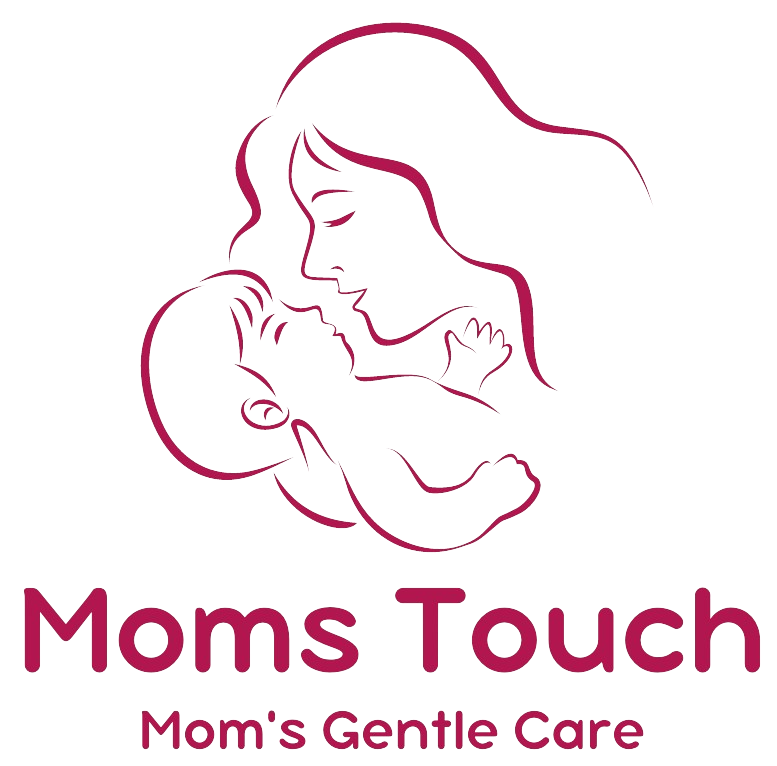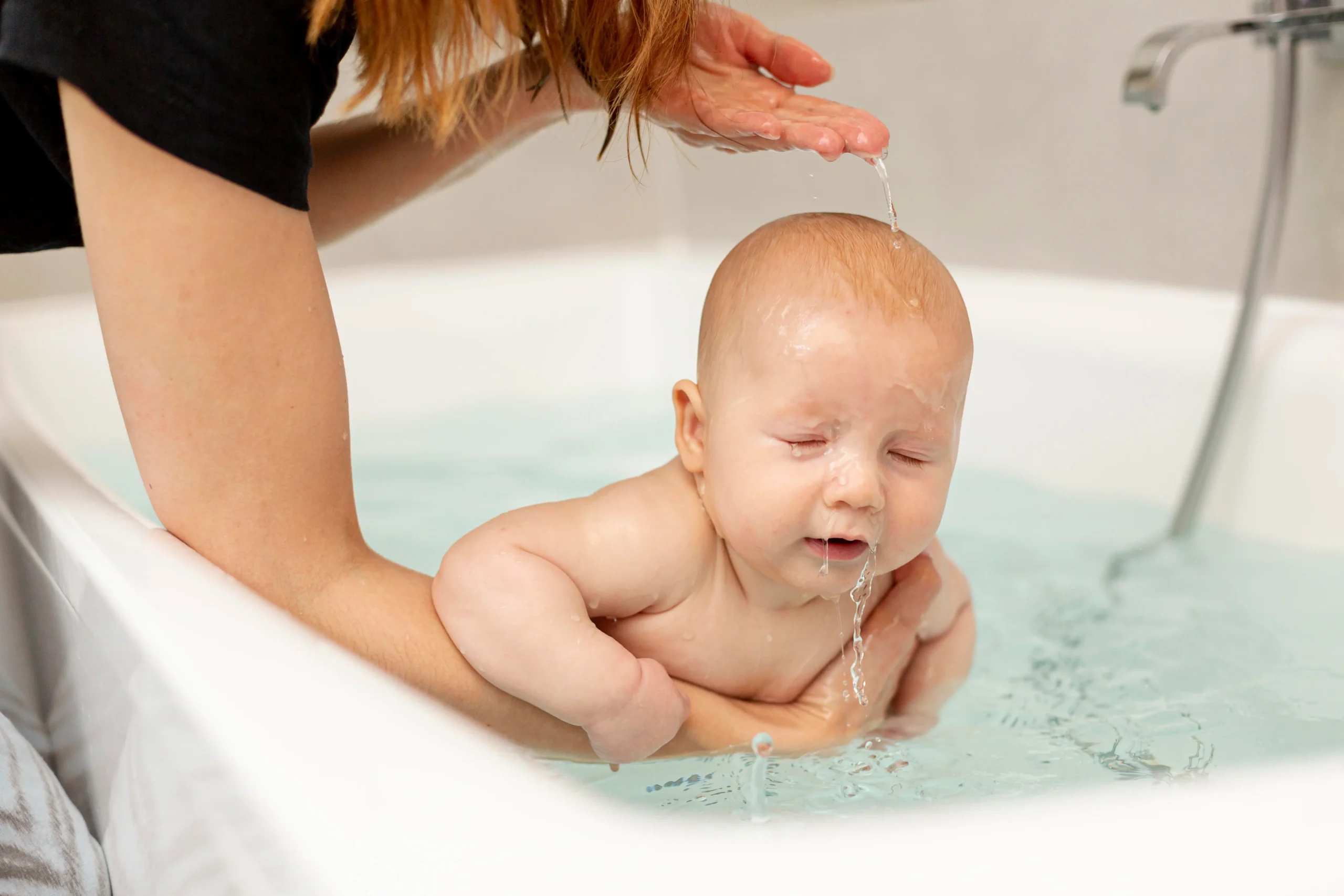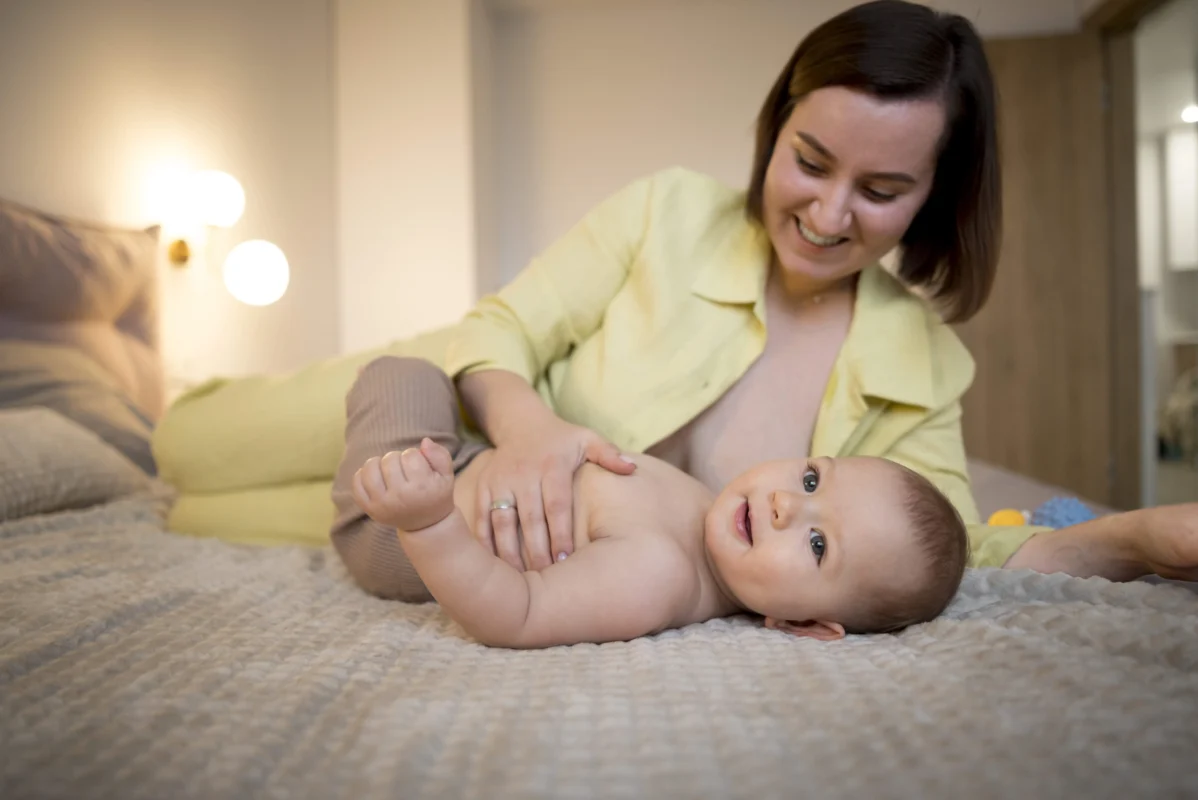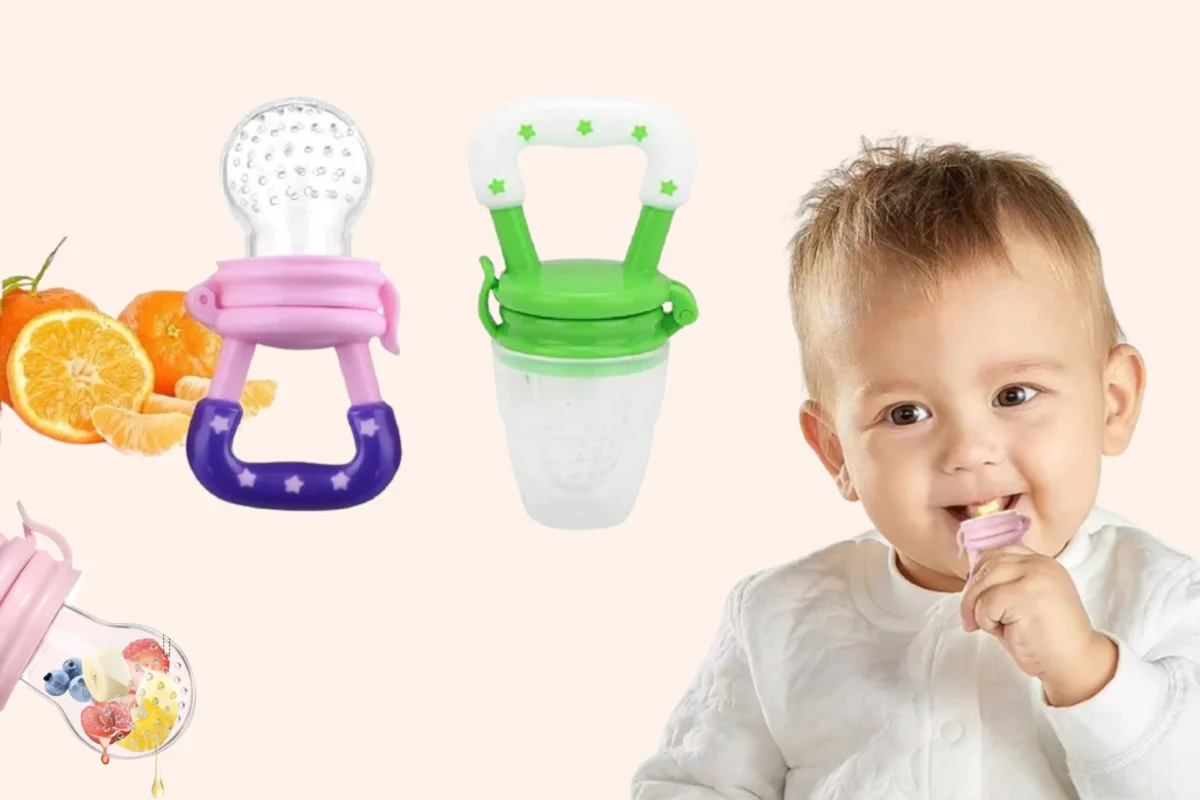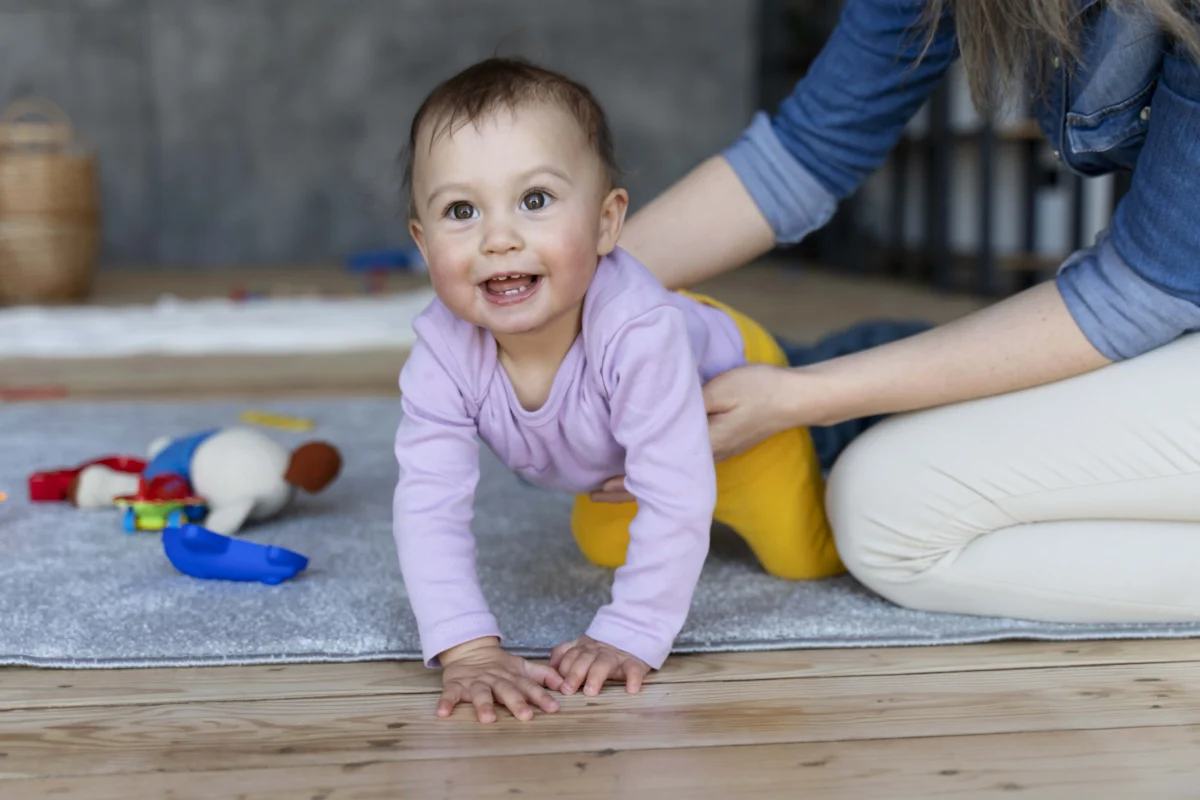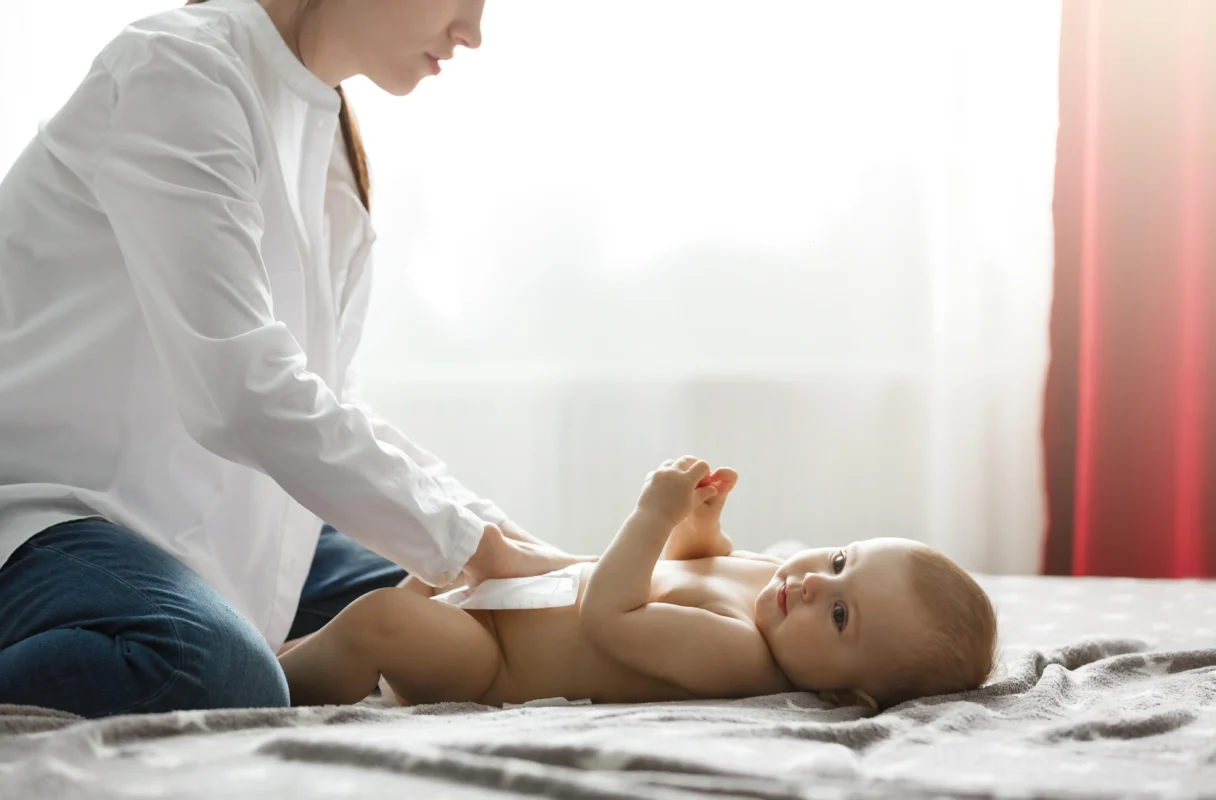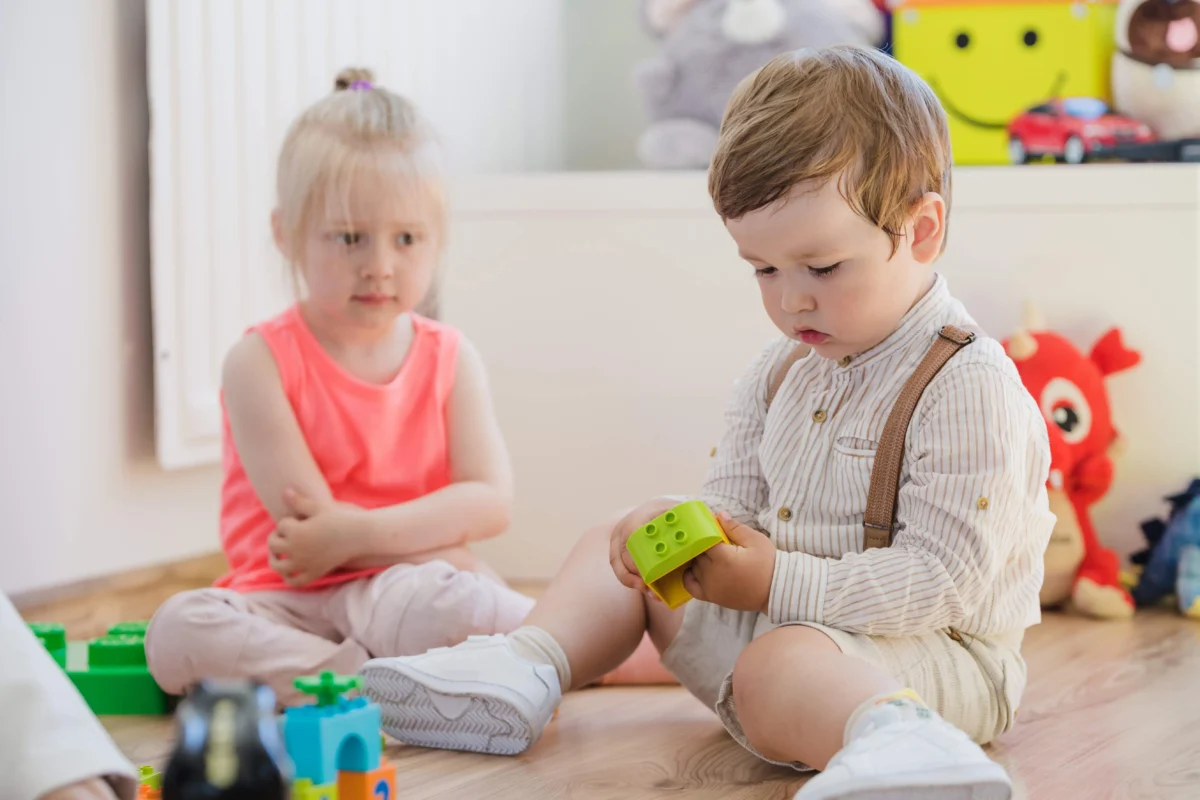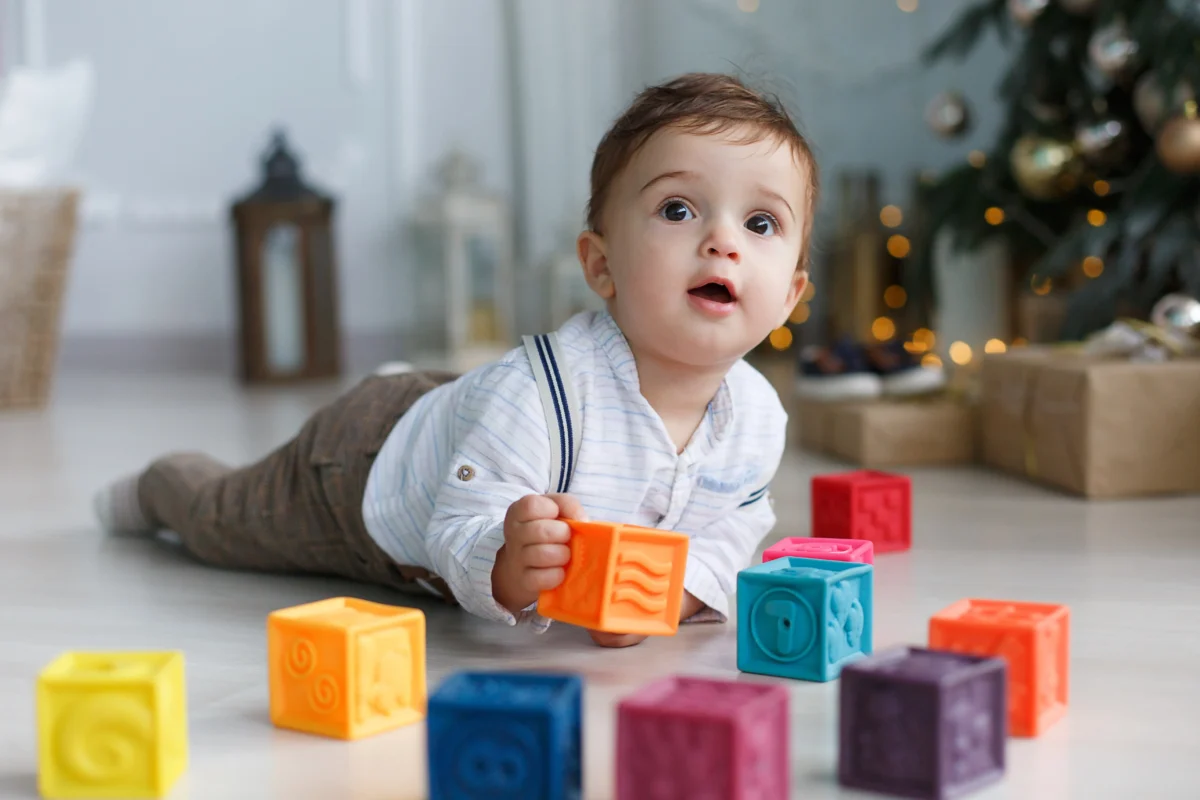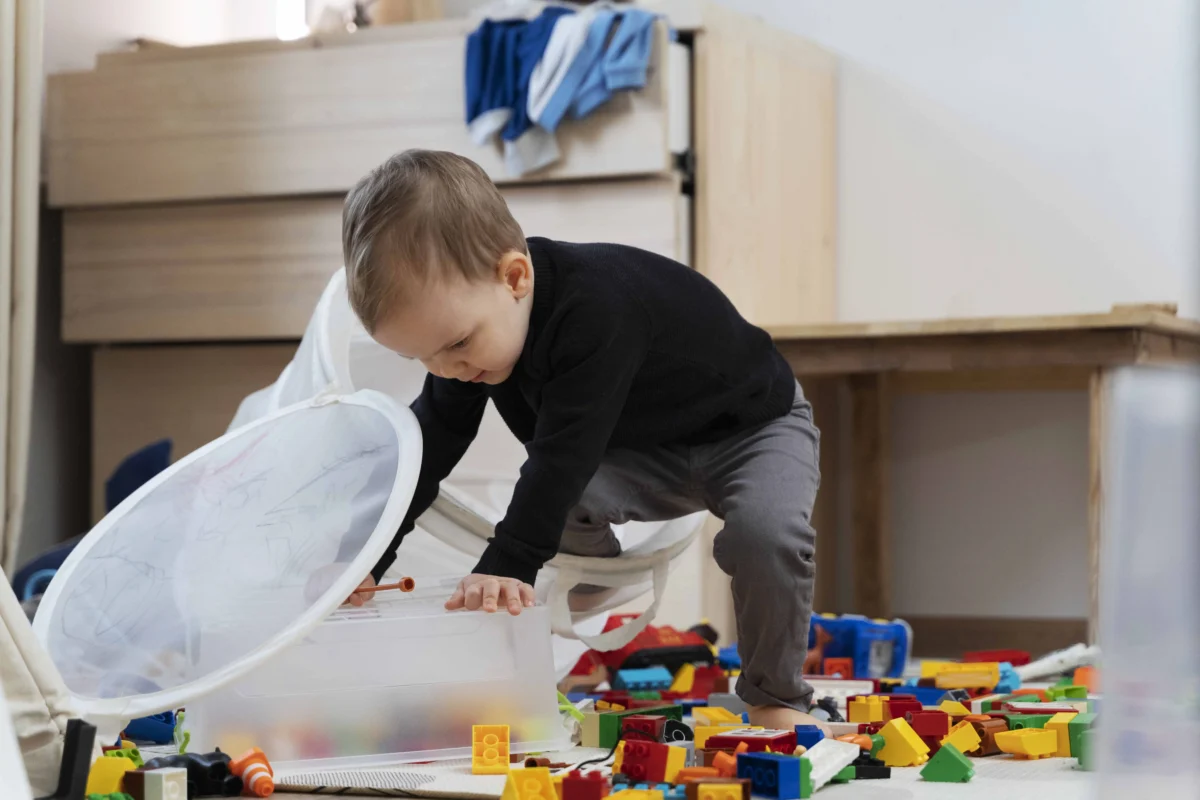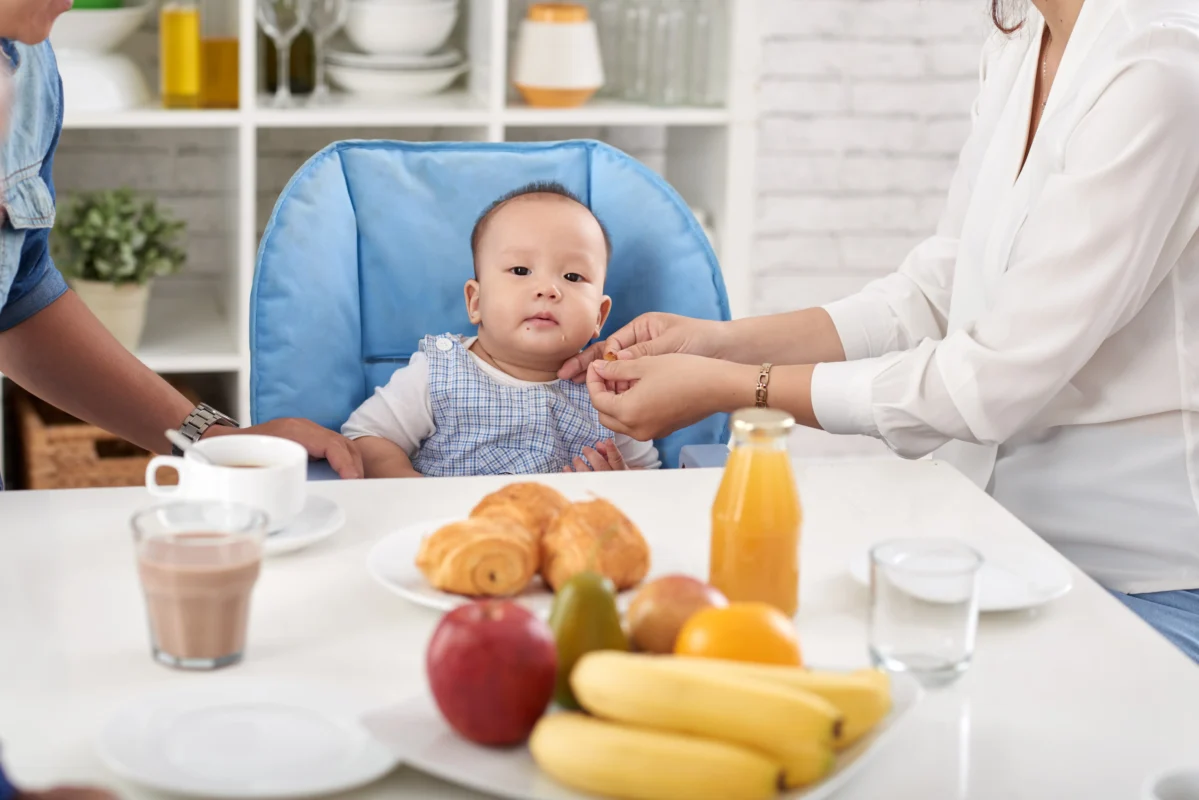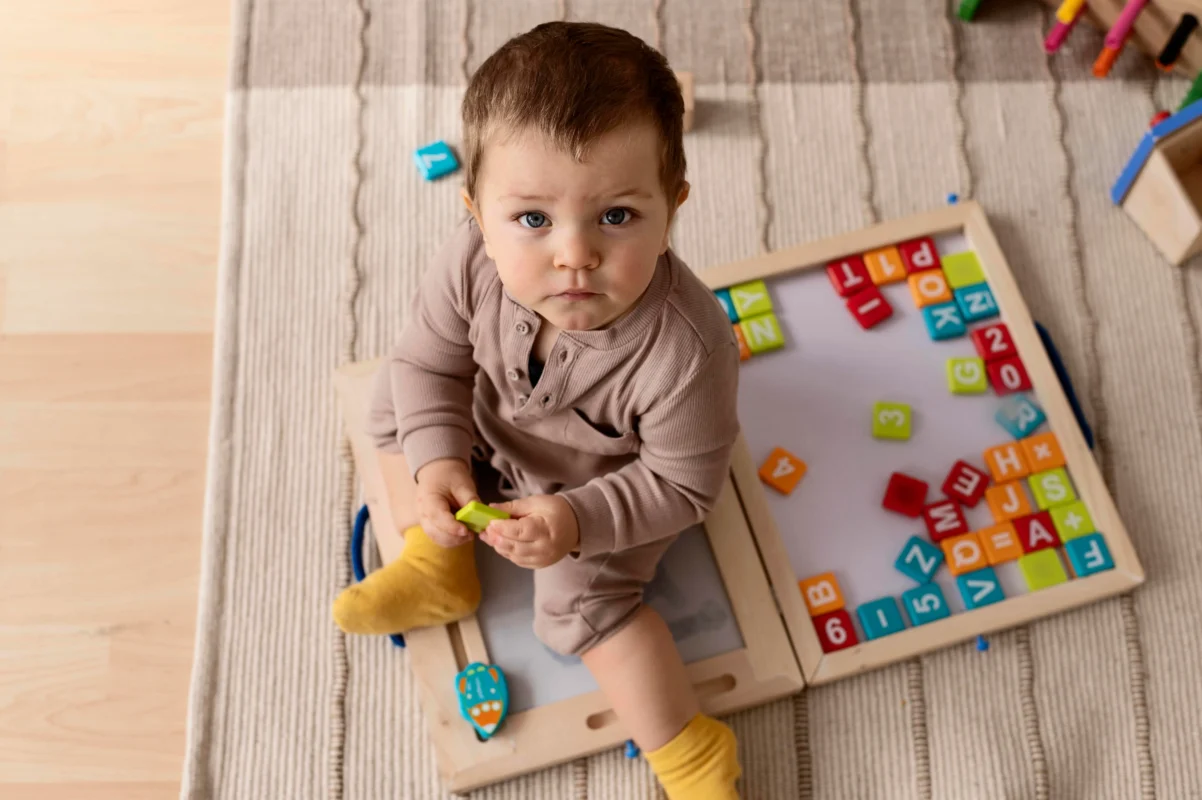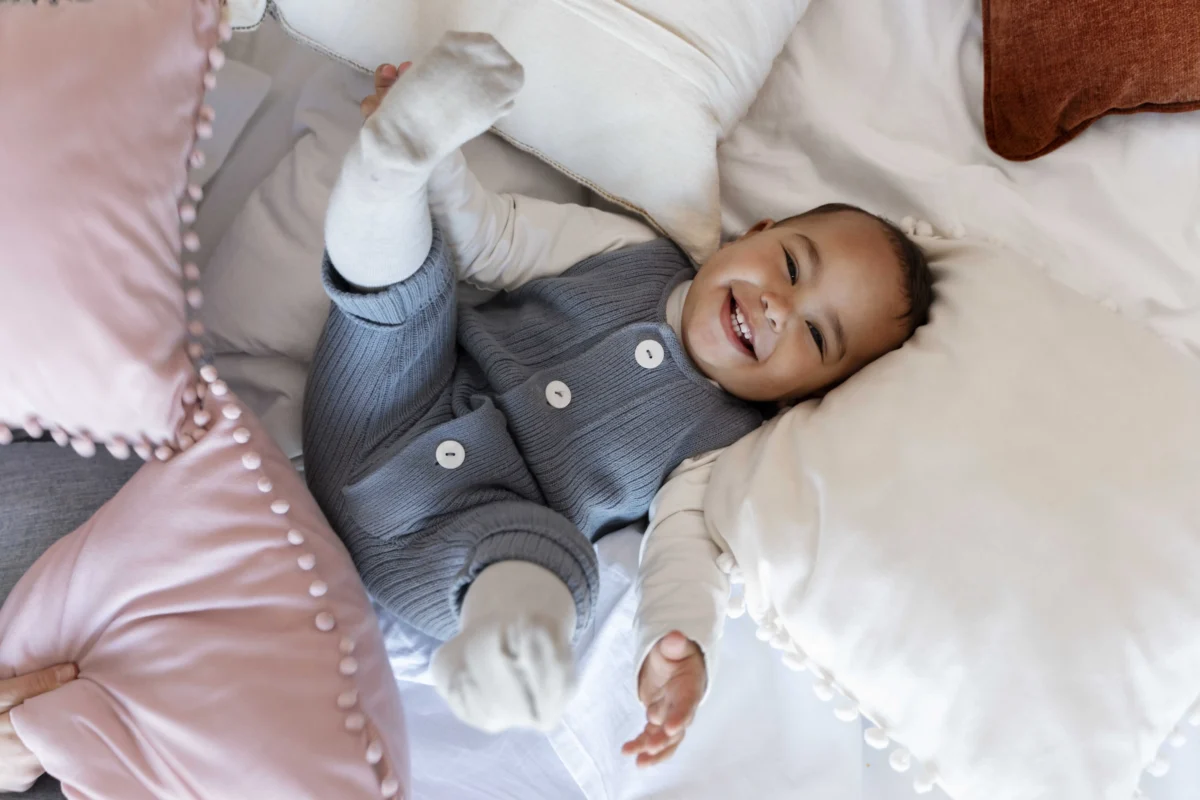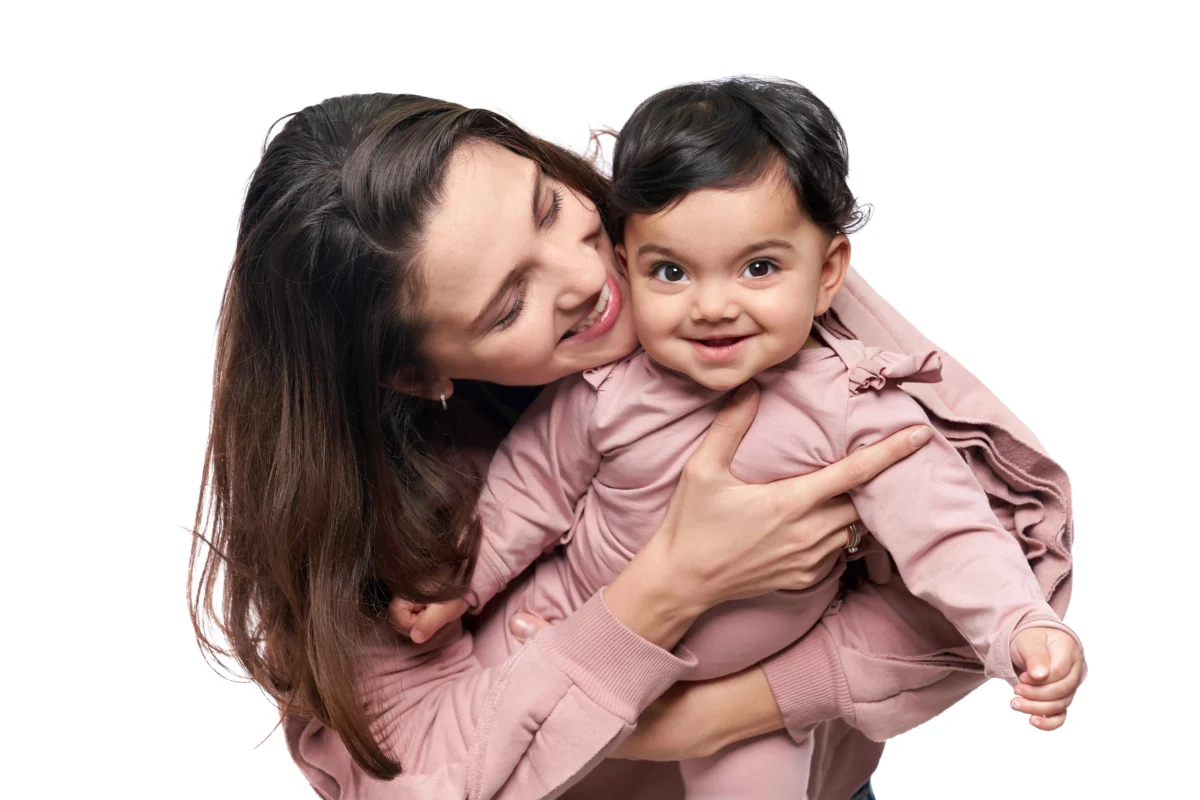Bathing your newborn for the first time can be a nerve-wracking experience for new parents. However, with the right preparation and techniques, it can also be a special bonding moment for you and your baby. We will provide you with essential tips and guidelines to ensure your baby’s first bath is safe, comfortable, and enjoyable.
Why Newborn Bathing is Important
Bathing your newborn is not only important for hygiene but also helps soothe and relax your baby. It is a great opportunity to check for any signs of rashes or skin irritations and to establish a routine that can help your baby feel secure and comforted.
Preparing for Your Baby’s First Bath
1. Gather All Necessary Supplies
Before starting the bath, make sure you have all the necessary supplies within arm’s reach. You will need:
- A baby bathtub or a clean sink
- Mild baby soap and shampoo
- Soft washcloths
- A cup for rinsing
- Towels, including a hooded towel
- A clean diaper and fresh clothes
2. Check the Room Temperature
Ensure the room where you are bathing your baby is warm, ideally between 75°F and 80°F (24°C to 27°C). Newborns can get cold easily, so keeping the room warm will help maintain their body temperature.
3. Fill the Tub with Water
Fill the baby bathtub or sink with about 2 to 3 inches of warm water. The water temperature should be around 100°F (38°C), which is close to body temperature. Always check the water with your wrist or elbow before placing your baby in the tub.
Bathing Your Newborn
1. Undress Your Baby
Gently undress your baby, leaving the diaper on to prevent any accidents. Wrap your baby in a soft towel to keep them warm while you prepare to bathe them.
2. Wash the Face and Hair
Hold your baby securely with one arm, supporting their head and neck. Use a damp washcloth to gently clean your baby’s face, avoiding the eyes and mouth. To wash their hair, use a small amount of mild baby shampoo and rinse carefully with a cup of water.
3. Clean the Body
Remove the diaper and gently place your baby in the tub, always keeping one hand on them for support. Use a soft washcloth and mild baby soap to clean their body, starting with the neck and moving downwards. Pay special attention to creases and folds, as these areas can trap moisture and dirt.
4. Rinse and Dry
After thoroughly cleaning your baby, use the cup to gently pour clean, warm water over their body to rinse off any soap. Carefully lift your baby out of the tub and wrap them in a warm, hooded towel. Pat your baby dry, paying special attention to creases and folds.
After the Bath
1. Moisturize
Newborn skin can be very sensitive and prone to dryness. After drying your baby, you may want to apply a gentle, fragrance-free moisturizer to keep their skin soft and hydrated.
2. Dress Your Baby
Once your baby is dry and moisturized, put on a clean diaper and dress them in fresh clothes. Ensure the clothes are comfortable and appropriate for the room temperature.
Safety Tips for Bathing Your Newborn
- Never Leave Your Baby Unattended: Always keep one hand on your baby’s first bath and never leave them alone in the water, even for a moment.
- Use Mild, Fragrance-Free Products: Choose products specifically designed for babies to avoid irritation and allergic reactions.
- Check for Signs of Distress: If your baby seems uncomfortable or upset, keep the bath short and try to comfort them with soothing words and gentle touch.
- Maintain a Secure Grip: Babies can be slippery when wet, so always hold your baby’s first bath securely and use a non-slip mat in the tub if necessary.
Conclusion
Bathing your newborn can be a delightful experience with the right preparation and care. By following these tips, you can ensure your baby’s first bath is safe, comfortable, and enjoyable. Remember, practice makes perfect, and over time, you and your baby will both become more comfortable with the bathing routine.
